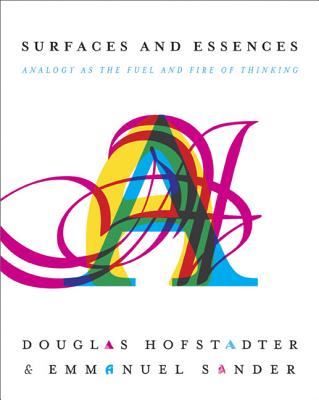Surfaces and Essences: Analogy as the Fuel and Fire of Thinking
Douglas R. Hofstadter

Unfortunately, although I am a huge fan of Hofstadter’s “Godel, Escher, Bach,” I found this book to be much less impressive. S&E lacks the engaging format of GEB, with only one short dialog at the end (rather than interspersed throughout, as in the earlier book). In addition, I would say that S&E could have been significantly shorter, and probably would have been edited more aggressively if Hofstadter weren’t such a big name. The book often goes on for multiple pages illustrating a topic where a few short examples would suffice. A final thing that frustrated me was that the authors generally did not clearly address where they stood in relation to the existing literature on cognition. As a non-expert in the field, it was difficult for me to tell how new or radical their argument was.
All that said, I found the book quite convincing, and Hofstadter is generally an enjoyable author to read (if you like his sort of humor, which I do). My main takeaway from the book, however, was a curiosity about an application that the authors did not address directly, or really at all: the role of analogy in the formation of utility functions (or preferences, choices, however you want to characterize it). So many of our choices involve options that we have never experienced directly, meaning that we have to evaluate some or all options based on some type of analogy. Even for things we have experienced in the past, new experiences of them may not really be “the same” as our previous experience, which means that the obvious analogy may be misleading. Finally, the distinction drawn by Kahneman between the “remembering self” and the “experiencing self” may muddy these choice-analogies even further.